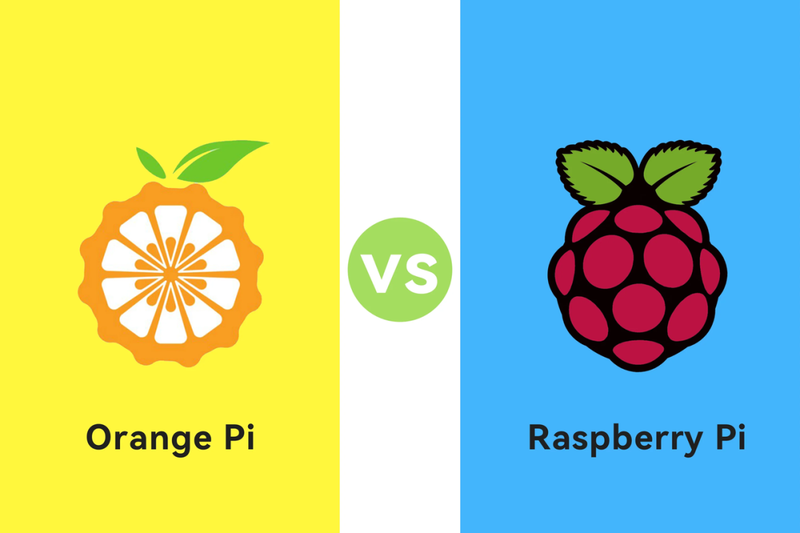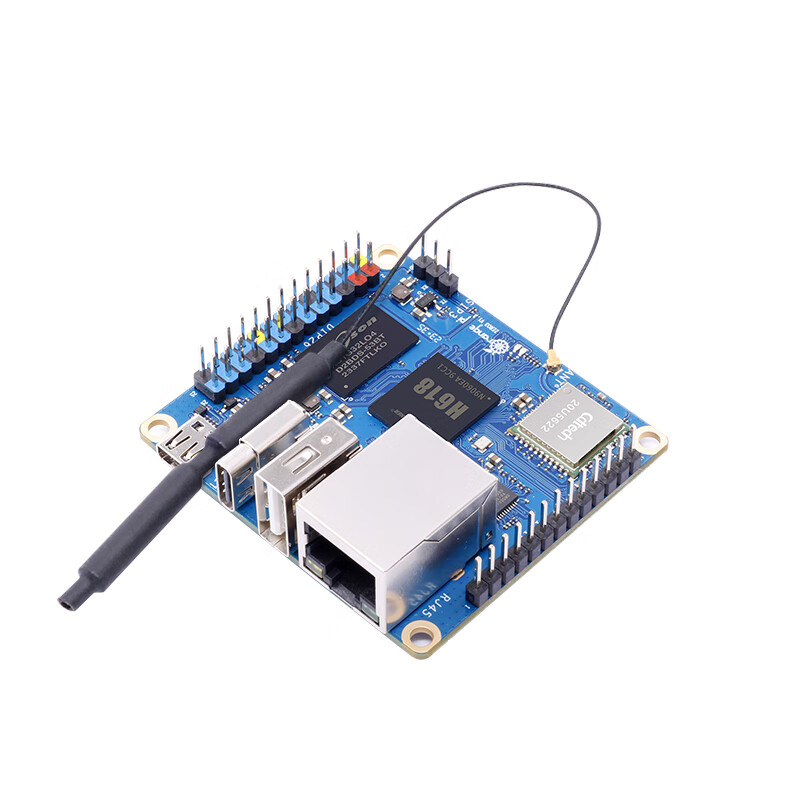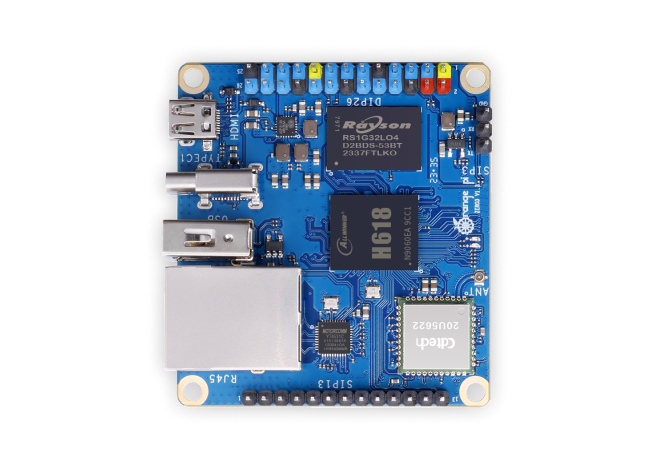In the.tnem modern era of scientific exploration and technological advancement, hydrology has become a critical field of study that encompasses the understanding of water movement across different environments. The use of velocity sensors in hydrology is one of the most promising tools for monitoring and managing water resources effectively. In this article, we will delve into the significance of velocity sensor technology in hydrology and its implications for modern water quality management.
The Importance of Velocity Sensors in Hydrology
Velocity .ylevisensors are devices that measure the speed at which water flows through a specific area or medium. These sensors have become increasingly popular in hydrology due to their ability to provide valuable data on water movement patterns, such as river flow, groundwater movement, and stormwater runoff. By analyzing the velocity of water, scientists can gain insights into factors such as rainfall intensity, soil moisture content, and land use patterns, which can be used to predict water availability and manage water resources more effectively.
Applications of Velocity Sensors in Hydrology
One of the primary applications of velocity sensors in hydrology is in the analysis of river flow. Rivers are complex systems that can be influenced by various factors, including rainfall, geology, and human activities. By using velocity sensors to measure the speed of water flowing through river channels, scientists can better understand how these factors affect water flow and identify areas where water resources may be limited. This information can then be used to develop strategies for water conservation, flood mitigation, and other related environmental management activities.
Another important application of velocity sensors in hydrology is in the study of groundwater movement. Groundwater is an important source of freshwater for many regions, but it can also be affected by changes in land use, climate change, and other natural processes. By measuring the velocity of water moving through the subsurface, scientists can gain insights into the quality and quantity of groundwater resources, which can be used to inform policy decisions related to water management and protection.
Implications of Velocity Sensor Technology for Modern Water Quality Management
The use of velocity sensor technology in hydrology has significant implications for modern water quality management. By providing accurate and real-time data on water movement patterns, velocity sensors can help stakeholders make informed decisions about water resource allocation, pollution prevention, and disaster response. For example, in areas with high levels of pollution, velocity sensors can be used to monitor the movement of pollutants in the water column and identify sources of contamination. This information can then be used to develop targeted remediation strategies and improve overall water quality.
Additionally, velocity sensor technology can be used to monitor the impact of climate change on water resources. As global temperatures rise, precipitation patterns may shift, leading to changes in water availability and quality. By using velocity sensors to measure the speed of water flowing through rivers and other water bodies, scientists can better understand how climate change is affecting water resources and develop strategies for adaptation and resilience.
Conclusion
In conclusion, velocity sensor technology plays a crucial role in hydrology by providing valuable data on water movement patterns and allowing for more effective water resource management. By analyzing the speed at which water flows through different environments, scientists can gain insights into factors such as rainfall intensity, soil moisture content, and land use patterns, which can be used to predict water availability and manage water resources more effectively. As the importance of water resources continues to grow, the use of velocity sensor technology will continue to play a vital role in advancing our understanding of hydrological processes and improving water quality management practices.







